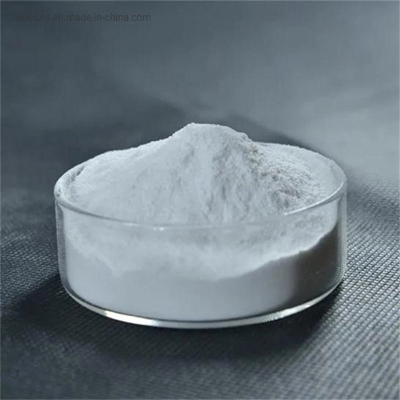The structure of the root of the broad bean
-
Last Update: 2021-01-07
-
Source: Internet
-
Author: User
Search more information of high quality chemicals, good prices and reliable suppliers, visit
www.echemi.com
the structure of the 22 broad bean rootsVicia faba is a gem leafy plant that grows not only on top but also on the top. Therefore, the primary structure of the root can be observed in the young root of the broad beans, and the secondary structure can be observed in the old root.。 (1) Observe the roots of broad beans with their free hands
slices take the seedlings of broad beans that have been growing for 15 to 20 days, rinse the roots with water, division of the main roots and their side roots at all levels, and carefully observe the structure of the root tip with the help of a magnifying glass. Since the root is damaged when it is pulled out of the soil, the front end of the root is often broken, so be careful to find the main root or larger side root with a complete root tip when observing. Then, cross-section up from the root hair area (0.5-1 cm per segment, the shorter the top interval). Under
microscope,
slices one by one to understand their primary and secondary structures. Slices can be dyed with neutral red for easy observation.。 (2) The initial structure of the root of the broad beanthe permanent production of the young root of the broad bean and careful observation of its initial structure under a microscope.1. The skin consists of a layer of cells arranged tightly and neatly, with no cell gaps. Some skin cells can be seen protruding to form root hair.2. The cortical layer consists of thin-walled cells with large multi-layer shapes with significant cell gaps. Under the microscope, you can see three large cortical cells adjacent to each other, with a small triangular area, which is the cell gap. In older roots, 1-2 layers of tightly arranged outer cortical cells can be seen. When the root hair withers, their cell walls are embolized and act as a protective effect. On the inner cortical layer, it is clear that the Kyth belt is dyed red by the red dye.3. The middle column of the root of the silkworm of the tube column is generally composed of a layer of cells. But the woody bundle is often two or three layers of cells. The primary wood part is four prototypes (some are five prototypes). It can be seen that the outer end of the wooden bundle consists of the smallest catheter, while the central catheter is large. The primary ligament forms a dispersed bundle between the wooden bundles. On the outside of the ligament, a bundle of ligament fibers with a thick green wall can be seen.
。 (3) The secondary structure of the root of the broad beanthe permanent production of the old root of the broad bean, and observe the secondary structure under the microscope.1. The formation layer of the root of the broad bean is first formed by the thin-walled cells between the primary wood and the primary ligament to restore the ability to divide, and then gradually extend to both sides, until the middle column of the cells lying against the woody part of the bundle to restore the ability to divide, at this time, the formation layer between the primary wood and the primary ligament becomes a complete circle. Under the microscope, you can see some thin-walled cells arranged in a neat, flat shape between the wood and the ligaments, looking like neatly stacked bricks, which form layers.2. Secondary structure Forms cells produced by layer cell division, differentiates outwards to form secondary ligaments, and inward differentiation forms secondary woody parts, which always maintain a layer of formation cells with the ability to divide. The composition of secondary wood and secondary ligament is basically the same as that of the primary wood and primary ligament. In the secondary wood and secondary ligaments, there are often thin-walled cells arranged in radial rows, they run through the secondary structure, which is the tube ray.In the permanent production of observing the cross-cutting of the old root of the broad beans, the following structures can be seen from the outside to the inside in turn: the surface skin, the cortical layer, the primary ligament part, the secondary ligament part, the formation layer, the secondary wood part, the primary wood part. The tube rays are less obvious. Note that the formation layer of the origin of the middle column produces a relatively wide range of rays.the root of the broad beans is quite slow to form the perennia. The formation of the peri-skin is often not seen on permanent productions. 2 to 3 layers of cortical cells can be seen under the residual cortical layer of the area where the root hair dies, and the cell wall is impregnation by the embolism, which is the outer cortical layer, which protects the body.。
This article is an English version of an article which is originally in the Chinese language on echemi.com and is provided for information purposes only.
This website makes no representation or warranty of any kind, either expressed or implied, as to the accuracy, completeness ownership or reliability of
the article or any translations thereof. If you have any concerns or complaints relating to the article, please send an email, providing a detailed
description of the concern or complaint, to
service@echemi.com. A staff member will contact you within 5 working days. Once verified, infringing content
will be removed immediately.







